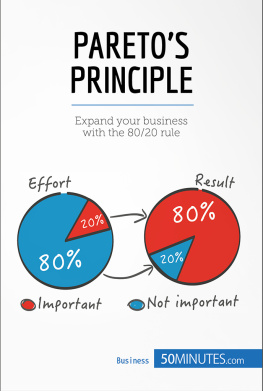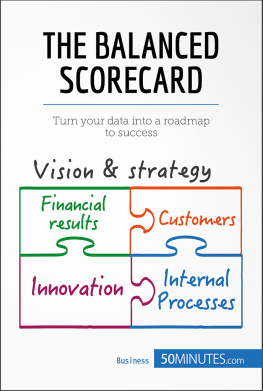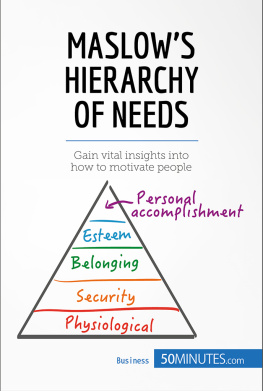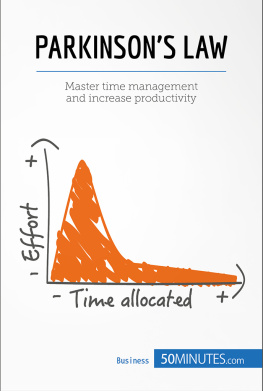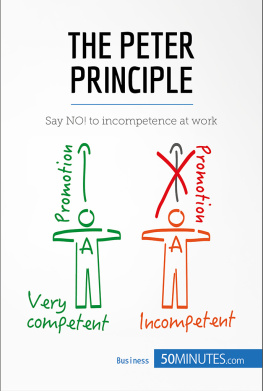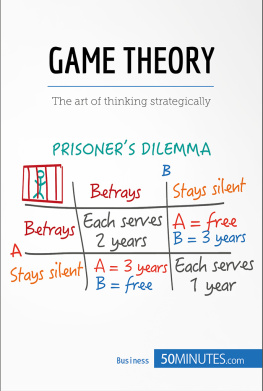
GESTALT PSYCHOLOGY
KEY POINTS
Names: Gestalt psychology, gestaltism, theory of content and form
Uses: The theory is used in the fields of psychology, education, people services, management, industry and philosophy.
Why is it successful? It is based on the functioning of the human brain.
Keywords: Gestalt, Gestalt psychology, perception, content and form, Max Wertheimer, Kurt Koffka, Wolfgang Khler, psychoanalysis.
Have you ever imagined something as a whole when only a part of it has been suggested to you?Do you ever wonder about the projections that your brain is capable of? With Gestalt psychology, we can try to understand a little more about how our minds work.
History
Recognized from the works of German psychologists from the school of Berlin later nicknamed the school of Gestalt Max Wertheimer (1880-1943), Kurt Koffka (1886-1941) and Wolfgang Khler (1887-1967), Gestalt psychology however originated before the start of the twentieth century. In fact, the first concept of form was developed by Christian von Ehrenfels (Austrian philosopher, 1859-1932) in his article from 1890 ber Gestaltqualitten, translated as On the Qualities of Form. Subsequently, a number of psychologists (especially those from the school of Graz) and authors contributed to the enrichment of knowledge, enabling the creation of a multidisciplinary model like the one we know today. However, it was not until the seventies and the global search for new values that this current model became famous.
Extra Information
The word Gestalt (individual) is a German term that cannot be understood literally in this context. It derives from the verb gestalten which is translated as to get fit or to give a meaningful structure.
DEFINITION OF THE MODEL
In its original function, the theory of Gestalt is used in psychology during individual therapy, couple therapy and all kinds of group therapy:it pushes each individual to realize the contradictions that inhabit them in order to reduce them as much as possible. Over time, these principles have been extended to the areas of education, specialized hospitals, businesses and many others. Gestalt psychology emphasizes the ability of our brains to perceive objects or events in their entirety. Thus, the whole is greater than the sum of constituent elements.
In this study, we will focus on the impact of the theory on the economy and specifically in marketing and leadership. In these areas, gestaltism allows us to achieve a higher level of personal development, build human relationships while managing conflicts and encourages creativity.
THEORY THE CONCEPT
PSYCHOLOGY
The premise can be summed up in one simple sentence: the whole is greater than the sum of its parts.
We perceive objects or events not by learning to interpret our feelings, but through the evolution that allows us to see in three dimensions under certain conditions. Thus, according to gestaltists, we perceive things (objects, concepts and events) as a whole and not in detail. The whole appears different to the sum of its component parts and is perceived before them. To illustrate this idea, think of music: we listen to it in its entirety, not taking each note individually.
A second crucial principle states that a component of the whole is different to the same part in another whole. For example, tears will not mean the same thing at a marriage as opposed to a funeral.
The main laws of Gestalt psychology illustrate the issue of perception as follows:
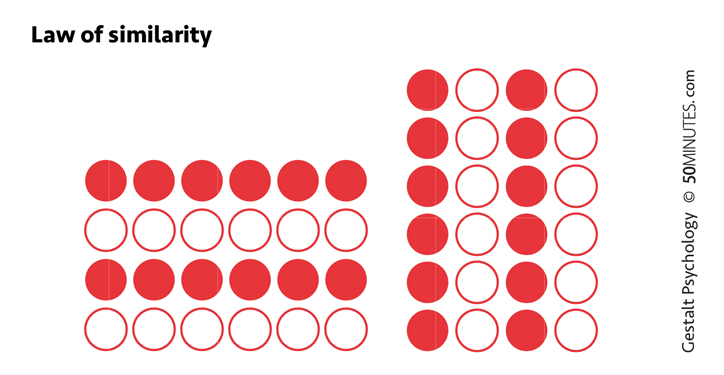
The law of similarity. This is the tendency we have to group items with similar characteristics (shape, color, etc.) in order to obtain a form or a message. Thus, we perceive more easily the horizontal lines on the left and the vertical lines on the right.
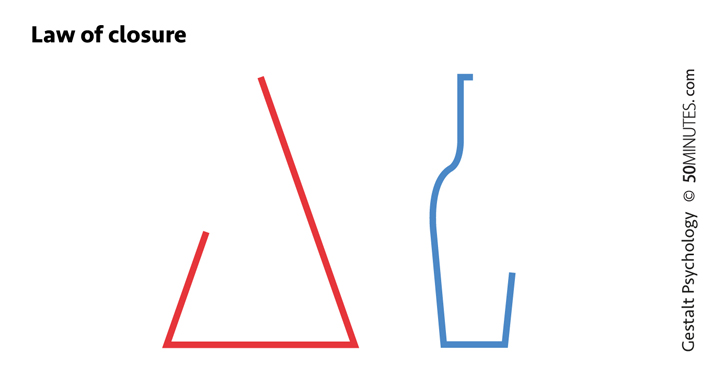
The law of closure. A closed shape is more understandable than an open shape. We tend to fill in gaps in order to see a shape. Here, no drawing is complete. But can you see a triangle and a bottle?
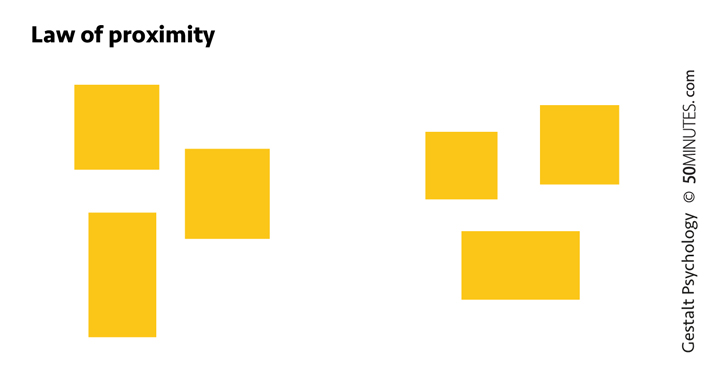
The law of proximity. This means the tendency to group items that are close to each other. Test it out: most people will see two groups of separated spots and not six spots.
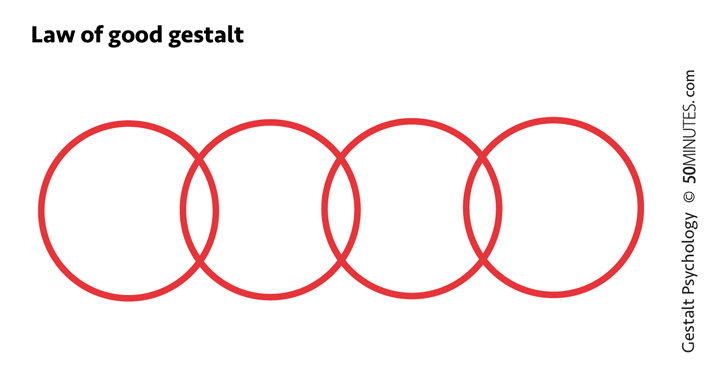
The law of good gestalt.This is the tendency to group independent elements in order to see a simple and complete form. We are filtering some of the data, changing the way we perceive it as a whole. Most people see the logo of the car firm Audi, not just any geometric shape. What do you see?
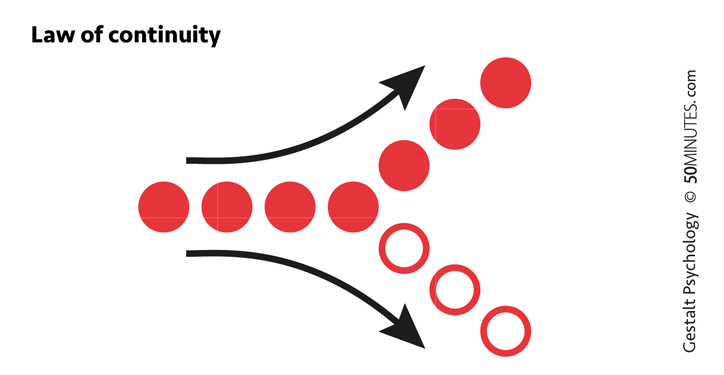
The law of continuity. This refers to the tendency to perceive similar elements as being a continuity of one another, making them into a single form. In our example, we will see the last three points going down or up as a continuation of the first four points.
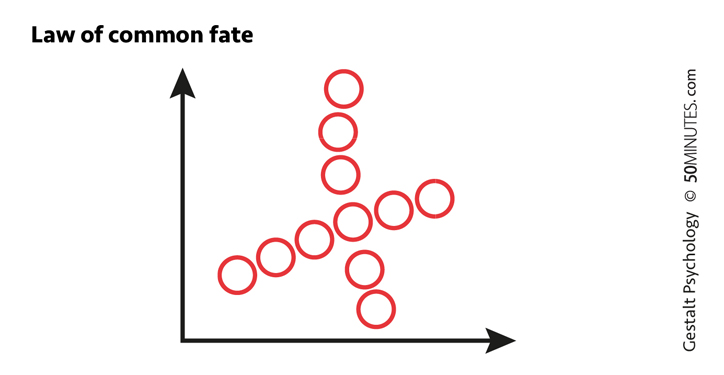
The law of common fate. This is the tendency to think of moving parts as having the same trajectory as a single shape. In the picture above, we will see one horizontal line and one vertical line.
All of these laws tell us that it is essential to analyze, take a step back, synthesize and contextualize behavior or a situation in order to understand them better. Of course, Gestalt psychology is not only a psychological treatment and is a thought widely shared by the majority of people.
MARKETING
Increasingly present in our lives, marketing has also taken advantage of the various principles of Gestalt psychology. In fact, for a consumer to be convinced and buy a product or service, it is essential that they perceive, understand and retain the advertising message. The laws listed above help us to understand how visual perception functionsamong consumers and why certain groups of elements lead to a better image. By applying some of the laws, marketing professionals manage to influence the thinking, and therefore behavior, of the consumer. To do this, advertisers and marketers play on our senses:
Sight, through the use of colors, shapes, etc.;
Hearing, through the use of sound, music, etc.;
Smell, through the use of scents, perfumes, etc.;
Taste, through the use of aromas, flavors, etc.;
Touch, through the use of textures, etc.
Premise: Advertisements are perceived as a whole, not as a sum of several elements.
The main objectives of Gestalt psychology in marketing are creating an effective means for pushing consumers to buy, spreading the message as widely as possible and designing the most cost effective distribution.
We will now analyze some concrete cases where the Gestalt principles are used. These can be taken from multiple areas such as web page design, creating advertising posters, creating logos, etc. For all of these examples, it is necessary to conceptualize the message as a whole, not just as the sum of different elements. Of course, details are important in creating logos, websites, etc., but only in the sense that they contribute to the whole.
Next page

